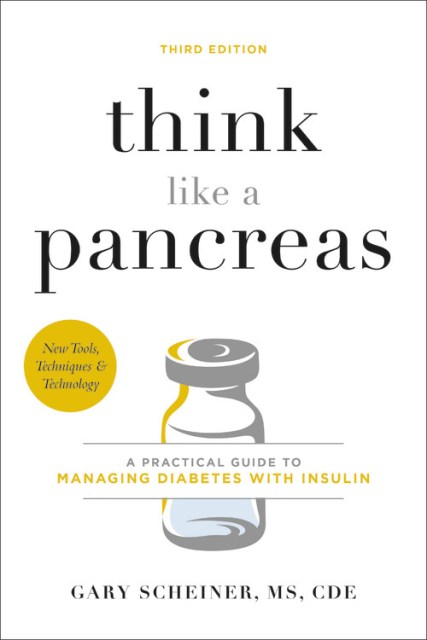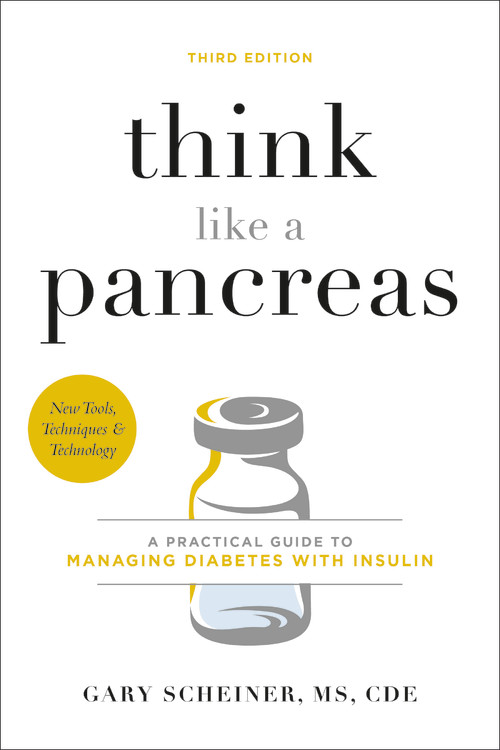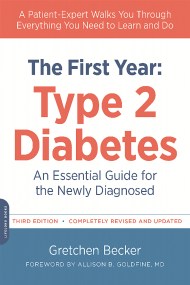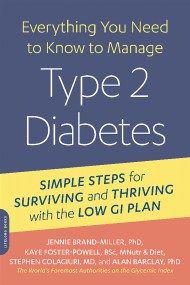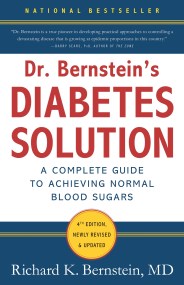Promotion
Use code MOM24 for 20% off site wide + free shipping over $45
Think Like a Pancreas
A Practical Guide to Managing Diabetes with Insulin
Contributors
Formats and Prices
Price
$19.99Price
$24.99 CADFormat
Format:
- Trade Paperback $19.99 $24.99 CAD
- ebook $11.99 $15.99 CAD
This item is a preorder. Your payment method will be charged immediately, and the product is expected to ship on or around May 12, 2020. This date is subject to change due to shipping delays beyond our control.
Also available from:
The all-in-one, comprehensive resource for the millions of people with diabetes who use insulin, revised and updated.
Few diabetes books focus specifically on the day-to-day issues facing people who use insulin. Diabetes educator Gary Scheiner provides the tools to “think like a pancreas” — to successfully master the art and science of matching insulin to the body’s ever-changing needs. Comprehensive, free of medical jargon, and packed with useful information not readily available elsewhere, such as:
- Day-to-day blood glucose control and monitoring
- Designing an insulin program to best match your lifestyle
- Up-to date medication and technology
- New insulin formulations and combinations
- and more
With detailed information on new medications and technologies — both apps and devices — surrounding insulin, as well as new injection devices, and dietary recommendations, Think Like a Pancreas is the insulin user’s go-to guide.
Genre:
- On Sale
- May 12, 2020
- Page Count
- 368 pages
- Publisher
- Hachette Go
- ISBN-13
- 9780738246680
Newsletter Signup
By clicking ‘Sign Up,’ I acknowledge that I have read and agree to Hachette Book Group’s Privacy Policy and Terms of Use
